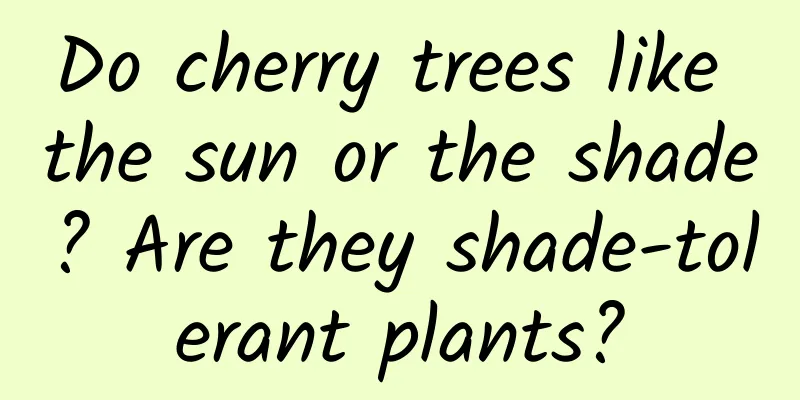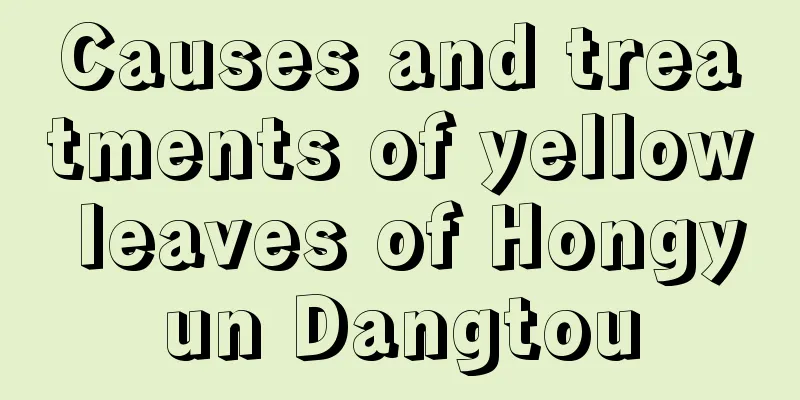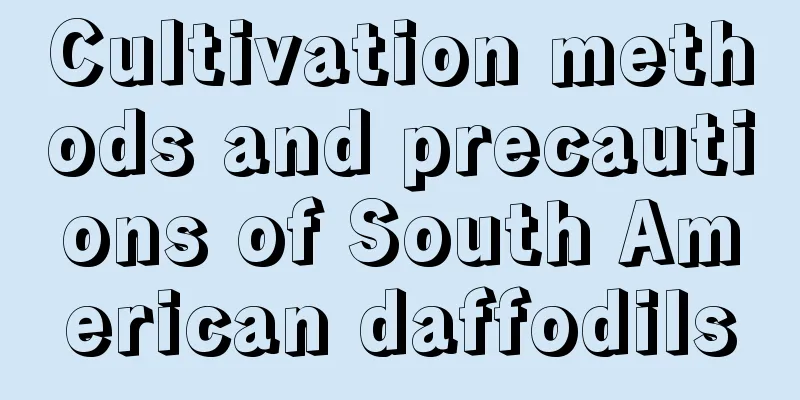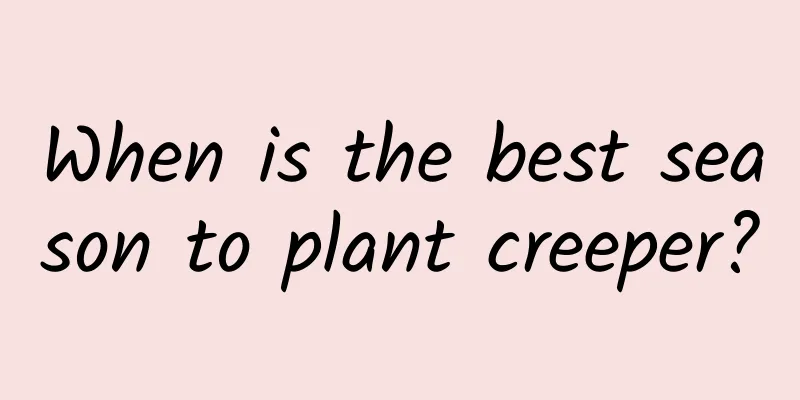Diseases and Pests of Flame Tree and Their Control
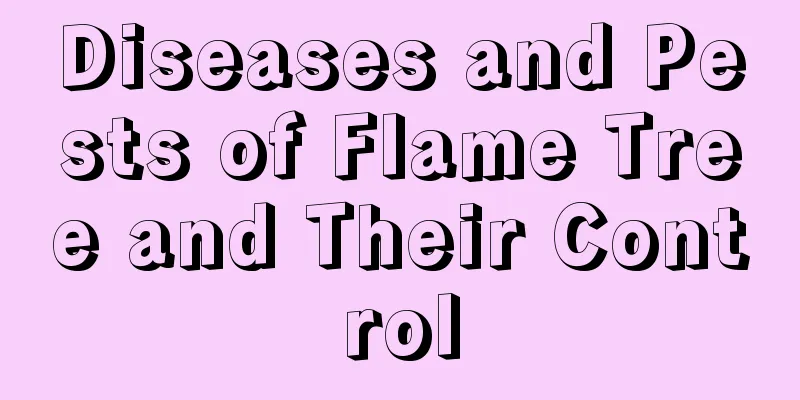
Diseases and their control of flame treeDamping-offThe disease mainly occurs when there is heavy rainfall in spring, and both seedlings and mature plants will be harmed. Symptoms include dark brown spots on the affected area, and in severe cases, large areas of death. Prevention and treatment methodsDiscover and remove diseased plants in a timely manner to reduce pollution sources and prevent the spread of diseases. The soil needs to be disinfected before transplanting. You can mix 70% pentachloronitrophenol with fine soil in a ratio of about 1:30 and sprinkle it on the soil of the seedbed. When transplanting with new disease-free soil, you must use fully decomposed fertilizer and not fresh farm manure. For spring-planted seedlings, spray 1000 times diluted 75% Benomyl or 1000 times diluted 70% Thiophanate-methyl about a week later, and then spray every ten days or so, alternating between the two. Flame Tree Pests and Their ControlMain pestsThe main pests of flame tree are aphids, large and small cutworms, beetles, geometrid moths and fall armyworms. Aphids can induce sooty mold disease; cutworms and beetles use their larvae to feed on roots. The former mainly harms cuttings and seedlings, while beetles harm large, medium and small seedlings; geometrids and noctuids harm plants with their larvae feeding on leaves. In severe cases, all the tender shoots can be eaten up in 2 or 3 days.Prevention and treatment methodsFor the prevention and control of aphids, you can spray 3-5 degrees Baume lime sulfur mixture or 5% diesel emulsion before germination to kill overwintering adults and eggs. The second spraying can be done after the flowers fall, and the third spraying is done in autumn. The larvae of cutworms and beetles are underground pests, so their prevention and control requires strengthened management, and do not apply uncomposted organic fertilizers. Tillage work is required in winter to dig the overwintering larvae out of the ground and freeze them to death. In addition, apply 3% Furadan granules at a dosage of 2 kg per mu into the soil at a depth of 10-20 cm through trenches. For the larvae of geometrid moth and noctuid armyworm, 1500 times diluted 50% methamidophos can be sprayed. |
<<: Osmanthus fragrans leaf blight and its control
>>: Diseases and control of Japanese cherry blossoms
Recommend
Plants suitable for water cultivation at home, these are beautiful and easy to grow
1. Pothos It can be considered a very common plan...
How long does it take for asparagus to grow?
Introduction to Growing Asparagus Asparagus is no...
How long does it take for the Nine-tailed Fox to bloom? (When does the Nine-tailed Fox succulent bloom?)
The nine-tailed fox, also known as the soft-haire...
How to grow and water orchids
Orchids , known for their perennial herbaceous ch...
How to plant white peony root and its planting technology and management
White peony root growth environment requirements ...
What to do if purple pearl has black rot
Causes of black rot in purple pearl Improper wate...
Cut the egg carton with a knife, poke the umbrella into the pot, and the flowers will jump up. The rags become artifacts!
If you don't have a flowerpot to grow flowers...
The main value of four-orange flowers
Ornamental value The four-o'clock tree is a s...
Cultivation methods and precautions of Curculigo
1. Matrix selection Curculigo likes to grow in lo...
How to grow big-leaf banyan tree and what to pay attention to
Growth habits of banyan tree The large-leaf banya...
How to water potted orange trees
Tips for watering potted orange trees Potted oran...
Can orange trees be propagated by cuttings? In which month is the survival rate of cuttings high?
Can orange trees be propagated by cuttings? Orang...
How to plant cinnabar root seeds
Seed selection If you want to grow a good flower,...
How to grow azalea so that it blooms
Azalea flowering time Rhododendrons usually bloom...
How to grow jasmine more vigorously?
With the arrival of June, the hot and humid clima...

